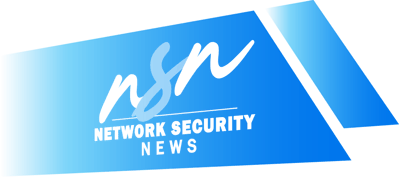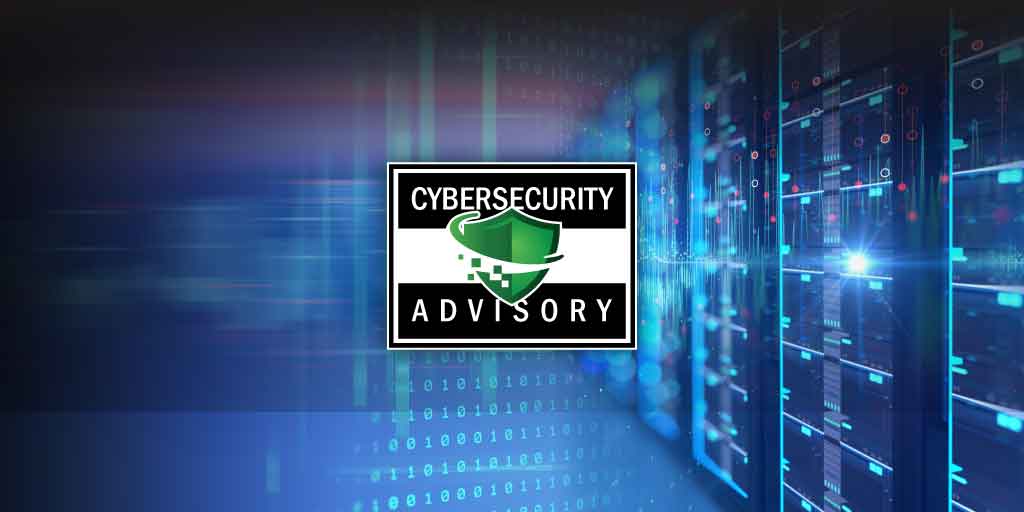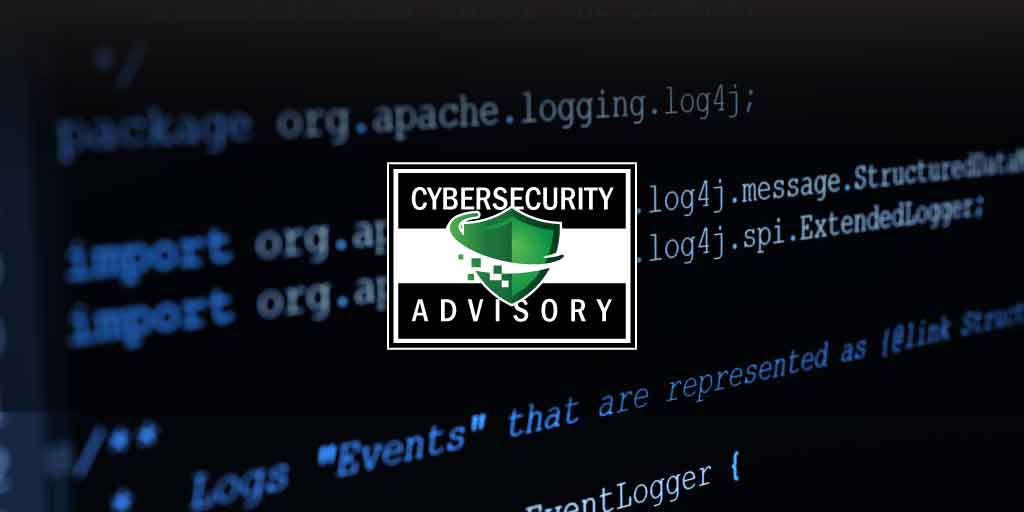Apache HTTP Server Vulnerabilities (CVE-2021-41773 & CVE-2021-42013)
These vulnerabilities are currently being exploited in the wild. As of October 21st, there are nearly 48,000 web-exposed servers with these...
24/7/365 Monitoring & Alerting
Compromise Assessments
Threat Hunting
Vulnerability Management
CMMC Preparation & Assessment
Cybersecurity Assurance Readiness (CSAR®/RMF Pro)
ATO/RMF Support
If you are concerned about a potential threat or are experiencing a breach, contact our 24/7/365 emergency hotline at 888-860-0452.
 Subscribe to NetSec News
Subscribe to NetSec NewsSign up to receive our biweekly newsletter that covers what's happening in cybersecurity including news, trends, and thought leadership.
At our core, Ingalls is a company that strives to be helpful to our clients while continuously innovating and evolving our technology and solutions. Since 2010, we have been dedicated to building a team and product that can stay steps ahead of threats, attacks, and vulnerabilities in an ever-changing landscape.
Windows 7 is expected to be EOL on 14 January 2020, on this day, Microsoft will stop releasing updates and patches for the operating system (OS) without a paid Extended Security Plan.
Microsoft actually ended Mainstream Support for Windows 7 on 13 January 2015, which meant new features stopped being added, and warranty claims were no longer valid. Windows 7 is now in Extended Support Phase which means the OS is getting patched and updated to make sure security issues and bugs are fixed. Microsoft has provided the option for organizations to pay for Extended Security Plan past EOL date. However, the price is steep with little support.
Ignoring the EOL timeline comes with many dangers. When Microsoft stops issuing updates and patches, the OS effectively become orders of magnitude more vulnerable to security threats and hackers are quick to exploit.
Here are just a few risks to be concerned about:
In summary, EOL software poses a huge risk to the organization. It can end up costing your business a considerable amount in money and lost productivity. Take action now to start upgrading before it’s too late!

These vulnerabilities are currently being exploited in the wild. As of October 21st, there are nearly 48,000 web-exposed servers with these...

Qakbot Conversation Hijacking Phishing Campaigns Targeting Government, Law Enforcement, and Financial Sector Organizations. Beginning July 2022, the...

Apache Log4j2 <=2.14.1 JNDI features used in the configuration, log messages, and parameters do not protect against attacker-controlled LDAP and...